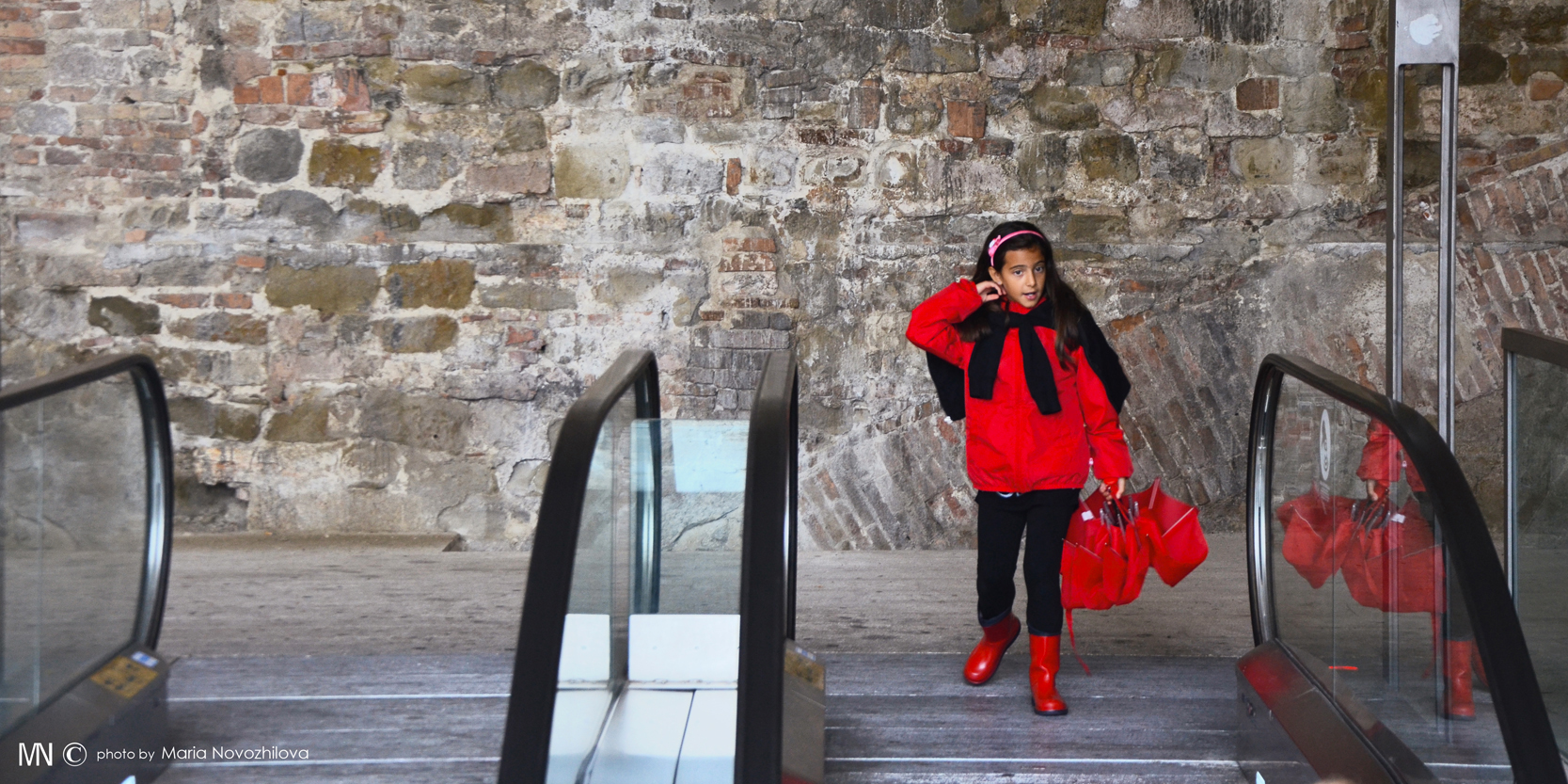LEARN MORE
Perugia’s Yin and Yang: a journey to an ancient technological town
The universe is made of contrary forces that represent the dynamic equilibrium of the world. Day and night, light and shade, small and big, hot and cold balance each other preserving the harmony of our being. Ancient Chinese named this concept Yin and Yang. Physics teaches us that oppositely charged particles attract each other. But does this principle work even in terms of art and design?
 As a famous Italian designer Bruno Munari used to claim, in order to conceive a work of art it is enough to learn from the universe, and to combine complimentary elements into one single composition. Remember such words while climbing up the steep Perugia landscape in technologic capsules that travel through centenary woods. Cause the glowing red interiors of small Mini metro cabins, matching the lush green of Perugia hills, are nothing else but Art.
As a famous Italian designer Bruno Munari used to claim, in order to conceive a work of art it is enough to learn from the universe, and to combine complimentary elements into one single composition. Remember such words while climbing up the steep Perugia landscape in technologic capsules that travel through centenary woods. Cause the glowing red interiors of small Mini metro cabins, matching the lush green of Perugia hills, are nothing else but Art.
Perugia’s Mini Metro was built in 2005 under the artistic supervision of the French architect Jean Nouvel. The Pritzker Prize winner Nouvel is a famous amateur of the ruby color. Unsurprisingly, he chose such color to leave a sign on the urban tissue of the ancient Italian town. Thus, red and green, new and antique, small and infinite are the pairs of tangible dualities that work here together emphasizing the beauty of each other.
Interestingly the colors inversion is not the only tool of contrast in Perugia. Thousands years old Perugia is technologic! Besides the Mini metro, a myriad of escalators carve the Perugia’s rock and its historic architecture. And yet such novelty does not appear here as something new. Numerous signs of modernity do not emerge as an eyesore disturbing the beauty of the urban antique architecture. Perhaps because strolling around the historical center of the town one can encounter quite unusual mobility system built centuries ago. Overlapped multilevel roads and pedestrian paths since always have been a part of the unique townscape of Perugia. Due to the abrupt topography, the medieval Perugia had foreseen a prototype of the solution that today one can find only in the most advanced capitals of the world.
Thus, accepting the high-tech monorails and metallic escalators in its own repertory of hyperlinks, Perugia has just updated its proper image of a viaduct city. After all, tradition is only the sum of the objective values and necessities of the community, and the community must continually renew them if it wants to renew and grow.
Maria Novozhilova

